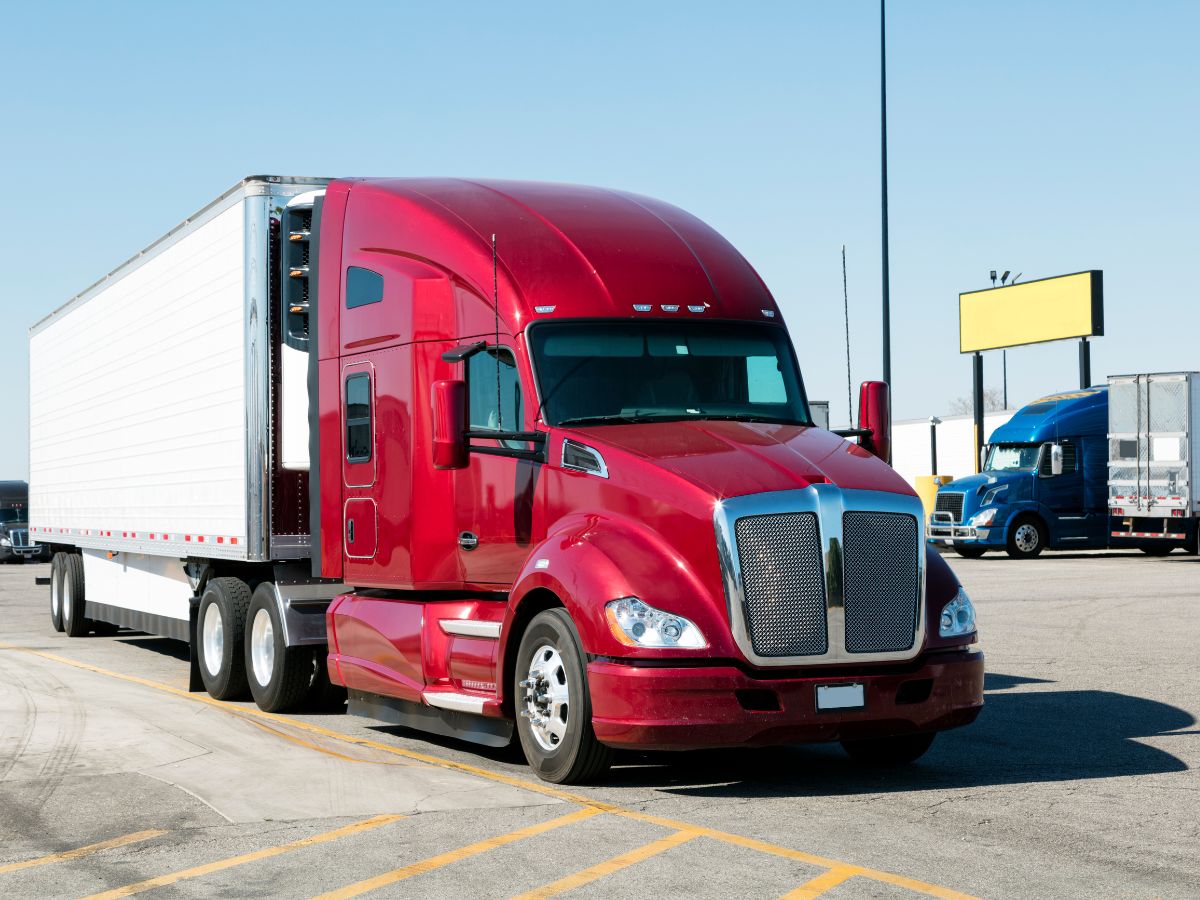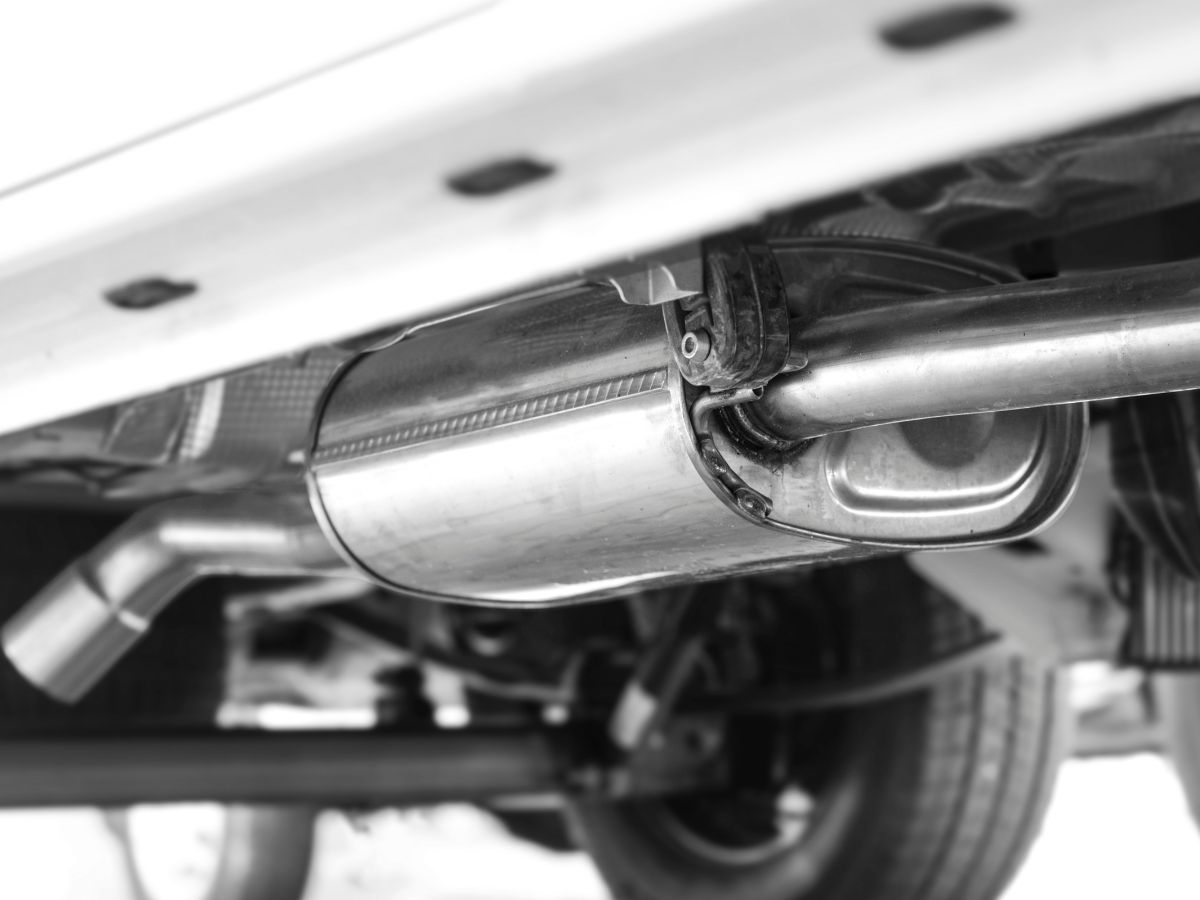In This Article Show
Welcome to another informative article where we delve into the intricate world of Freightliner trucks. If you’re a truck owner, operator, or mechanic, you understand that these robust vehicles are complex machines.
The various codes and signals they generate are not just mere numbers or lights flashing on a dashboard; they are a critical communication channel from the truck’s internal systems, flagging potential issues that may affect its performance.
Today, we are going to focus on one specific code that has stirred numerous questions among Freightliner users: the EEC 61 code. This diagnostic trouble code (DTC) is part of the Exhaust Emission Control (EEC) group of fault codes related to the emission control systems of the truck.
Understanding what this code means, its potential causes, and how to fix it can save you unnecessary downtime, safeguard your truck from further damage, and enhance your truck’s performance.
In this comprehensive guide, we’ll help you decipher the EEC 61 code, uncover its common causes, and provide a detailed guide on how to diagnose and fix the issues related to it.
Understanding Freightliner’s Diagnostic Codes
Freightliner trucks, like all sophisticated vehicles, are equipped with an onboard diagnostic system (OBD). This system continuously monitors the performance of various aspects of the engine, exhaust, and related systems. When it detects an anomaly or malfunction, it generates a diagnostic trouble code (DTC) that gets logged in the truck’s computer system and, typically, triggers a warning light on the dashboard.
Understanding these codes is vital for maintaining the health and efficiency of your Freightliner truck. They provide insights into the inner workings of your vehicle, allowing you to identify and address issues before they turn into major problems or cause system failures.
One category of these codes is the Exhaust Emission Control (EEC) codes, which pertain to the systems controlling the truck’s emissions. As regulations for emissions become stricter, the role of these systems and their maintenance has become increasingly important.
The EEC 61 code, in particular, is one that often raises questions. This code is not as straightforward as some others because it can refer to several different faults within the emission control systems.
In this post, we’ll delve into this code in more detail, discussing what it means, its common causes, and how to fix it. Understanding this code can help keep your truck in compliance with emission standards and operating at its best. So, let’s dive deeper and demystify the EEC 61 code.

What Does the EEC 61 Code Mean?
The EEC 61 code is a prevalent fault code that pops up in Freightliner trucks. Understanding this code involves breaking it down into its constituent parts.
“EEC” stands for Exhaust Emissions Control, a key component of your truck’s engine that helps control the level of emissions produced during the combustion process. When the onboard diagnostic system identifies an issue with the exhaust emissions control system, it triggers an EEC fault code.
The “61” that follows EEC in this code is a specific identifier related to the aftertreatment control system. This system includes components like the Diesel Particulate Filter (DPF), Diesel Exhaust Fluid (DEF) system, and the Selective Catalytic Reduction (SCR) system, all of which play a crucial role in reducing harmful emissions from your truck.
However, it’s essential to note that EEC 61 is not a standalone code. It’s often accompanied by another one to three-digit number that indicates the specific issue within the aftertreatment control system.
For example, you might see codes like “EEC 61 SPN 3251” or “EEC 61 SPN 4364”. The secondary code (in these cases, SPN 3251 and SPN 4364) will indicate the exact issue the system has detected.
This is why understanding the EEC 61 code might seem complex at first. Its meaning can vary depending on the secondary fault code that accompanies it. However, in all instances, an EEC 61 code should not be ignored. It indicates a fault within the emissions control system that needs to be addressed to maintain optimal truck performance and regulatory compliance.
Common Causes of EEC 61 Code
The EEC 61 code signifies a problem with the truck’s aftertreatment control system. As such, there are numerous potential causes due to the system’s complexity and the range of parts it includes. Here are some of the most common causes:
1. Faulty Diesel Exhaust Fluid (DEF) System
The DEF system injects a urea-based fluid into the exhaust stream to reduce harmful nitrogen oxide emissions. If there’s a problem with the DEF system – such as low DEF levels, poor quality DEF, or issues with the DEF pump, injector, or heater – it may trigger an EEC 61 code.
2. Issues with the Diesel Particulate Filter (DPF)
The DPF captures soot particles to prevent them from being released into the atmosphere. If the DPF becomes clogged and can’t perform a regeneration (a process that burns off the accumulated soot), it may cause the EEC 61 code to appear.
3. Malfunctioning Selective Catalytic Reduction (SCR) System
The SCR system uses a catalyst to convert nitrogen oxides into nitrogen and water, which are harmless. If the catalyst isn’t working correctly, the SCR system can’t reduce the nitrogen oxides, leading to an EEC 61 code.
4. Faulty Sensors
The aftertreatment control system relies on several sensors to monitor temperature, pressure, and other parameters. If one or more of these sensors fail or send incorrect data, it could trigger the EEC 61 code.
5. Exhaust Leaks
Any leaks in the exhaust system upstream of the aftertreatment components can affect their operation and potentially cause an EEC 61 code.
These are just a few examples of the problems that might lead to an EEC 61 code. Given the range of potential causes, it’s crucial to diagnose the issue correctly before attempting any fixes.

How to Diagnose EEC 61 Code
Diagnosing the EEC 61 code involves several steps to ensure the precise issue is identified. Remember, this code is a general alert for the aftertreatment control system, and it’s usually accompanied by a secondary fault code that helps pinpoint the problem.
Here’s how to approach the diagnostic process:
Identify the Secondary Code
Use a diagnostic scanner compatible with your Freightliner truck to read the full code. This should include the EEC 61 and an additional one to three-digit code. This secondary code is crucial to identifying the specific component or system causing the issue.
Refer to the Freightliner Code Guide
Freightliner provides code guides that explain what each fault code means. Look up the secondary fault code in this guide to understand what the onboard diagnostic system has detected.
Inspect the Identified Component/System
Based on the secondary fault code, inspect the related component or system for any apparent issues. This could involve checking the DEF system for low fluid level or poor-quality fluid, inspecting the DPF for blockages, or looking for signs of leaks in the exhaust system.
Check the Sensors
The aftertreatment control system relies on several sensors to monitor its operation. Faulty sensors can send incorrect data to the onboard computer, triggering a fault code. Use your diagnostic scanner to read the data from these sensors and compare it to the normal ranges specified in your Freightliner’s manual.
Perform Further Diagnostic Tests if Needed
In some cases, the issue might not be immediately apparent, or multiple issues might be present.
Depending on the code and the truck’s symptoms, further diagnostic tests may be necessary. These could include conducting a manual DPF regeneration, testing the DEF pump and injector, or using an exhaust gas analyzer to check the efficiency of the SCR system.
The diagnostic process for the EEC 61 code can be complex due to the variety of components involved in the aftertreatment control system. However, taking the time to accurately identify the issue will save you from unnecessary repairs and help get your truck back in good running condition more quickly.
How to Fix the EEC 61 Code
Once you’ve successfully diagnosed the specific problem triggering the EEC 61 code, you can move on to resolving it. Below, we discuss some common issues and their respective solutions.
However, remember that if you’re uncomfortable performing any of these tasks or if the problem is complex, it’s always best to seek help from a professional mechanic or a Freightliner service center.
1. Address DEF System Issues
If the diagnostic process reveals a problem with the DEF system, several steps could resolve the issue. Refill the DEF tank if the fluid level is low, and always use DEF of the right specification. If the DEF quality is poor, drain and refill the tank with fresh fluid. If there’s an issue with the DEF heater, pump, or injector, these components may need to be replaced.
2. Unclog or Replace the DPF
If the DPF is clogged, you might be able to clear it by performing a manual DPF regeneration. This process burns off the accumulated soot in the filter. If the filter is excessively clogged or damaged, it may need to be professionally cleaned or replaced.
3. Fix SCR System Malfunctions
If the issue lies with the SCR system, you might need to replace the catalyst. However, this is a complex task best left to professionals. In some cases, software updates from Freightliner can help resolve SCR system issues.
4. Replace Faulty Sensors
If one or more sensors in the aftertreatment control system are faulty, replacing them should clear the EEC 61 code. Sensors should always be replaced with ones of the correct specification for your specific Freightliner model.
5. Repair Exhaust Leaks
If you’ve found a leak in the exhaust system, it will need to be repaired. Depending on the location and severity of the leak, this could involve welding a patch onto the exhaust pipe, replacing a section of the pipe, or replacing a gasket or seal.
Once you’ve performed the necessary repair, you should clear the fault code from the truck’s computer using your diagnostic scanner. After that, take the truck for a test drive to ensure the check engine light doesn’t return and the truck is operating normally.
Remember, resolving the EEC 61 code promptly helps protect your truck from more serious damage, ensures it remains in compliance with emission regulations, and maintains its performance and fuel efficiency.
Prevention Tips for EEC 61 Code
While it’s crucial to address the EEC 61 code promptly when it appears, the best strategy is to prevent it from triggering in the first place. Here are some prevention tips that can help keep your Freightliner’s aftertreatment control system functioning smoothly:
Regular Maintenance
Regularly scheduled maintenance is the most effective way to prevent issues with your Freightliner truck. This includes frequent oil changes, fluid checks, and inspections of the aftertreatment control system components.
Use High-Quality DEF
Always use DEF that meets the appropriate specifications for your truck. Low-quality DEF can lead to system malfunctions and may trigger an EEC 61 code.
Avoid Short Trips
Short trips do not allow your truck’s engine and exhaust system to reach optimal operating temperatures. This can prevent the DPF from effectively burning off accumulated soot, leading to clogs. Whenever possible, plan routes that allow for longer, uninterrupted trips.
Perform Regular DPF Regenerations
Regularly perform manual DPF regenerations if your driving habits often involve short trips or heavy traffic. This can help prevent the DPF from becoming clogged.
Monitor Exhaust System
Keep an eye on your truck’s exhaust system. Look for signs of leaks or damage that could affect the performance of the aftertreatment control system.
Address Warning Signs Promptly
If you notice your truck’s performance declining, or if warning lights appear on the dashboard, don’t ignore them. Addressing minor issues early can prevent them from becoming more significant problems that trigger an EEC 61 code.
Get Regular Professional Inspections
Regular inspections by a professional mechanic or a Freightliner service center can catch issues that may be difficult to spot during daily use. These experts can identify potential problems before they trigger a fault code, helping keep your truck in top shape and minimizing downtime.
Prevention is the best form of maintenance for your Freightliner truck. By following these tips, you can help ensure your truck’s aftertreatment control system operates efficiently and prevent issues that might trigger the EEC 61 code.
Frequently Asked Questions about EEC 61 Code
What does EEC stand for in EEC 61?
EEC stands for Exhaust Emissions Control. The number 61 indicates a fault in the aftertreatment control system, which includes the DEF (Diesel Exhaust Fluid) system, DPF (Diesel Particulate Filter), and SCR (Selective Catalytic Reduction) system.
Can I continue driving my truck with an EEC 61 code?
While it might not cause immediate damage, driving with an EEC 61 code isn’t advisable. The issue could worsen over time and lead to more severe problems like damaged components or failed emissions tests.
Do I need professional help to diagnose and fix an EEC 61 code?
The complexity of the aftertreatment control system makes it a challenging task for those without a background in truck maintenance. While you can do some basic checks and procedures yourself, it’s usually best to get professional help, especially for tasks like DPF cleaning or SCR catalyst replacement.
How often does the EEC 61 code come up in Freightliner trucks?
The frequency of the EEC 61 code depends on various factors, including the truck’s age, condition, maintenance history, and usage. However, due to the complexity and critical nature of the aftertreatment control system, it’s relatively common to encounter this code at some point during a truck’s life.
Can a faulty sensor cause an EEC 61 code?
Yes, faulty sensors within the aftertreatment control system can trigger an EEC 61 code. These sensors monitor parameters like exhaust temperature, DEF level, and DPF soot level, and if they fail or provide incorrect data, the system may register a fault.
To wrap it up, Understanding the EEC 61 code and how to manage it can help you maintain your Freightliner truck’s performance, reduce downtime, and ensure compliance with emissions regulations.
If you ever encounter this code, remember to take prompt action to diagnose and resolve the issue, and don’t hesitate to seek professional help if needed.











